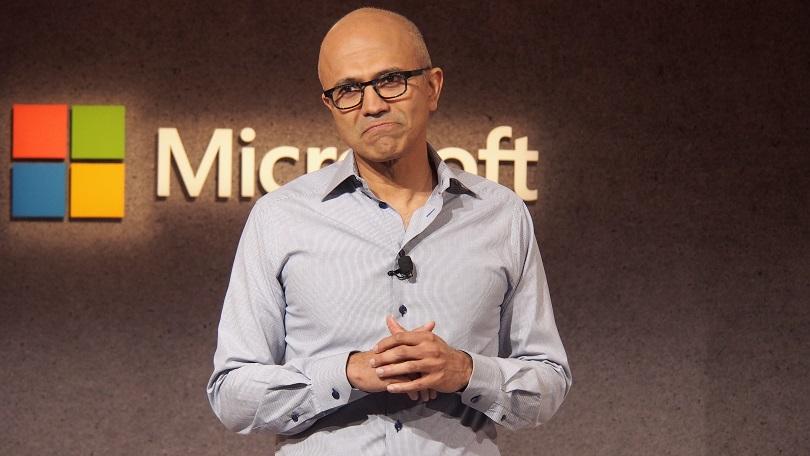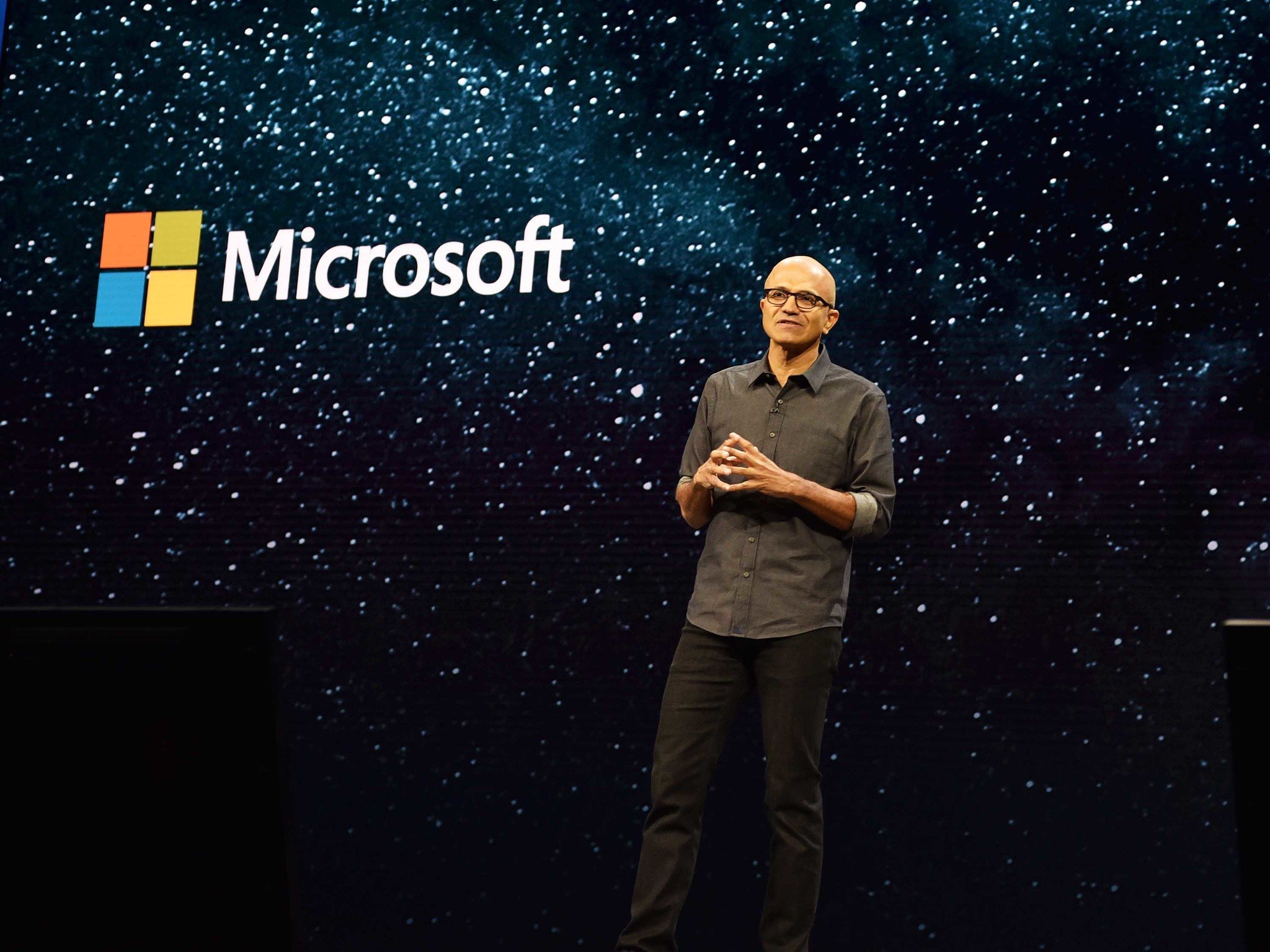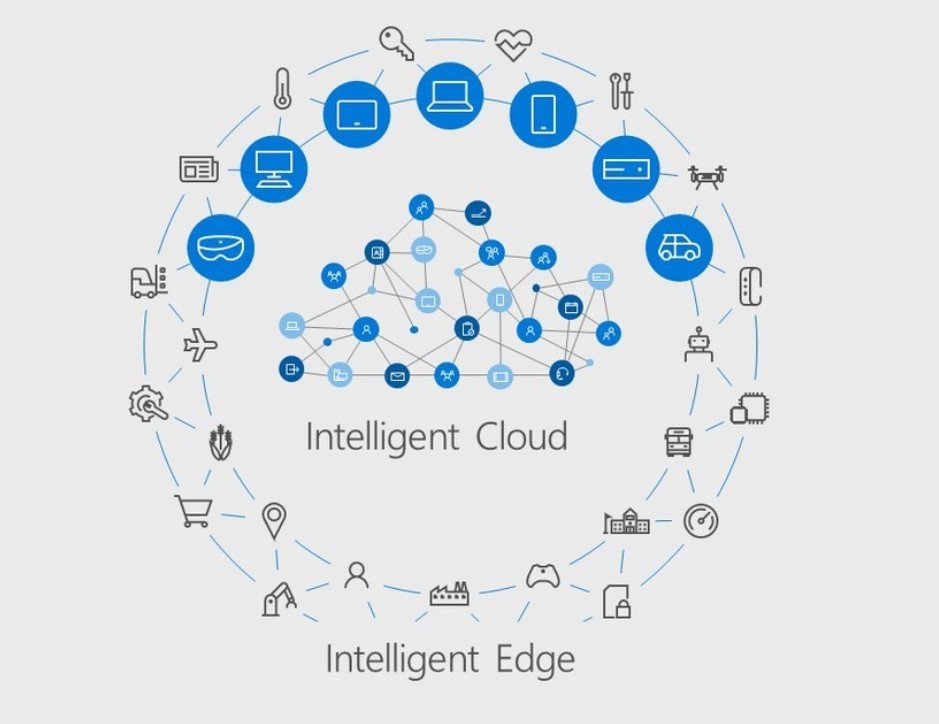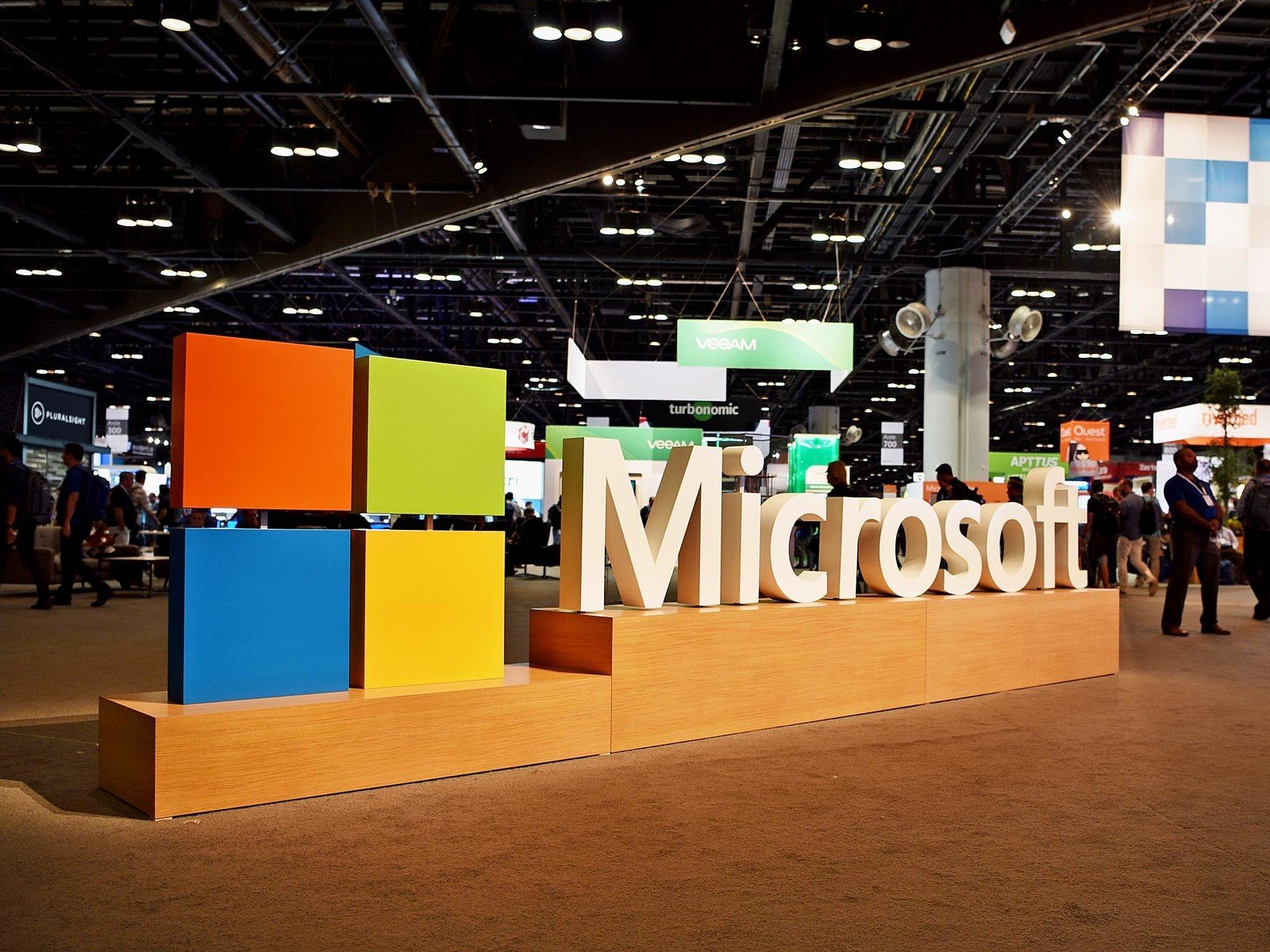Microsoft's ambitious end-to-end computing strategy may be more than it can handle
Microsoft's a big company with big dreams, but is it biting off more than it can chew?

From making Azure the "world's computer" to building category-defining, aspirational hardware to inspire an entire industry of devices, Microsoft wants it all.
Microsoft's ubiquitous computing vision is a comprehensive end-to-end strategy. The company aims to build the cloud foundation that will manage cross-platform digital experiences across billions of enterprise and consumer devices connected to its intelligent edge. And it's dedicated to providing cross-platform apps and to being a "devbox" for cross-platform app development.
Complementing this cloud and software foundation, the company's hardware goals focus on supplying first- and third-party devices as "access points" to its ever-expanding intelligent cloud and web-based products and services. No other company is as dedicated to creating an all-encompassing intelligent cloud platform, supplying a range of professional and personal productivity web-based tools like Microsoft 365, providing cross-platform apps and development platforms, and building a range of category-defining hardware.
Microsoft's approach is commendable, but is it trying to do too much?
Microsoft's head in the cloud

Microsoft's recent reorg reveals just how focused the company is on its cloud and AI strategy. In a world that's increasingly less device-centric, where users move between ecosystems and devices every day, Microsoft's working to provide the cloud platform that facilitates and powers users' digital experiences.
Azure supports cloud computing for hundreds of companies, runs apps for individual and large developers, stores data, streams apps and other content, is being positioned for game streaming, host's Microsoft's AI supercomputer, and more.
Additionally, Microsoft's cloud uses Microsoft 365, Microsoft Graph and Cortana to continue users' experiences across devices. Azure is second only to Amazon's cloud which is a testimony to the magnitude of Microsoft's cloud investments. Still, Microsoft's Achilles Heel has historically been having "too many irons in the fire" resulting in hyper-focus in some areas and negligence in others.
Get the Windows Central Newsletter
All the latest news, reviews, and guides for Windows and Xbox diehards.
What Microsoft's means when it says Azure is the world's computer
IoT(eetering) on the edge

There are expected to be 30 billion IoT devices by 2020, and Microsoft has its eye on that prize. It's investing heavily in IoT through initiatives like Microsoft Azure IoT and edge computing. As more devices connect to the cloud, and processing power evolves, tasks that normally occur in the cloud move to the edge, or the connected devices closest to the user.
Still, Microsoft's edge computing efforts are enterprise- or backend-focused. This is good for business partnerships but less impactful to consumers. Millions of consumers are being hooked into Google's and Apple's ecosystems through smartphones, smart speakers and other connected consumer devices.
Microsoft's chasing "everything," but its canvasing approach may be negatively impacting its ability to address specific consumer needs.
What is edge computing and how does it impacts mobile?
On the Surface

Hardware is the user's entry point to Microsoft's cloud and services. After two failed attempts and a billion-dollar loss, Surface Pro 3 finally made Microsoft's category-defining hardware efforts successful. This success established Surface as a high-end brand for both its function, attributes and aesthetics.
Surface has grown beyond the Surface Pro 2-in-1 and now encompasses the powerful Surface Book, the digital drafting table that is Surface Studio, the collaboration-focused Surface Hub and the MacBook-challenging Surface Laptop. Microsoft's rumored "Project Andromeda" may add a digital journal Pocket PC to this family. Additionally, though not Surface-branded, Microsoft's HoloLens inspired the industry with its ambitious, untethered, wearable-PC approach to augmented reality (AR).
As first-party aspirational "access points" to Microsoft's cloud, Microsoft has proven it can do hardware. Still, the snail's pace of HoloLens's market progress, as rivals snatch AR mindshare from Microsoft's technologically superior approach, may indicate Microsoft has too much on its plate. Additionally, Lumia's demise, while Microsoft advanced its cloud infrastructure, may be further evidence that Microsoft can't handle everything it sets out to do.
More of the same?

Microsoft's end-to-end, ubiquitous computing strategy is ambitious and comprehensive, and it reflects a scale no other company has embarked upon. Still, the fact that Google and Apple are more focused on and successful in specific areas that Microsoft competes in, may be proof that Microsoft's approach is too broad.
Additionally, an apparent lack of marketing commitment, as demonstrated by the spotty marketing of Windows phones and other products, suggests Microsoft has the technical capacity to build an end-to-end solution but may lack the ability to drive the vision home.
Perhaps the maturing "One Microsoft" vision and a departure from a "side-project" product development approach are the company's initial steps to being better multitaskers.
Or maybe Cortana's and the Harmon Kardon's current consumer troubles are signs of more of the same. Only time will tell.
Jason L Ward is a columnist at Windows Central. He provides unique big picture analysis of the complex world of Microsoft. Jason takes the small clues and gives you an insightful big picture perspective through storytelling that you won't find *anywhere* else. Seriously, this dude thinks outside the box. Follow him on Twitter at @JLTechWord. He's doing the "write" thing!

